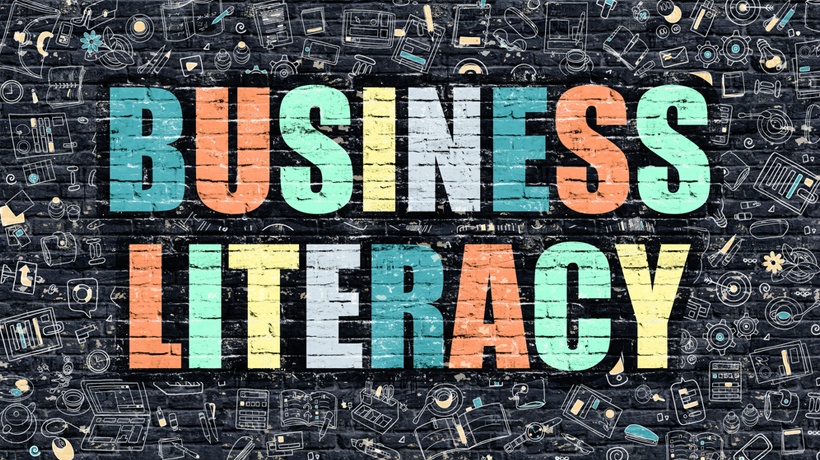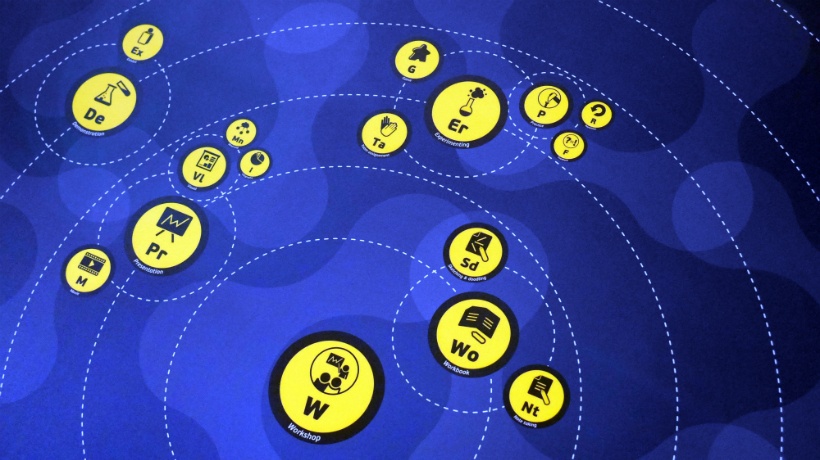May 22, 2016
Creating eLearning In A Functional Context: 4 Rules To Apply
The saying goes that "knowledge is power", but this is only the case if learners know how to apply the information they've collected. In this article, I'll share everything you need to know about Functional Context, including its core interacting components, and 4 rules to help you apply this approach in your Instructional Design for eLearning.
by Christopher Pappas











